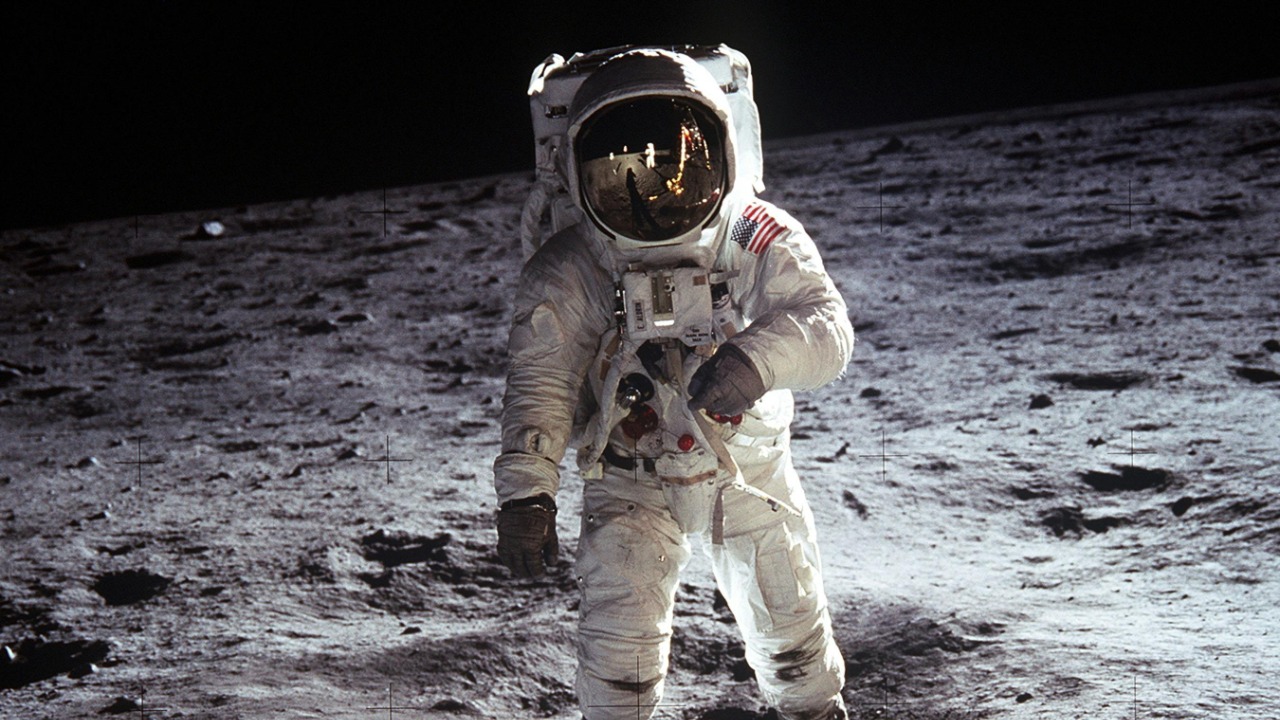
Despite the marvel of space exploration, successful lunar landings remain a formidable challenge. Historically high failure rates highlight the complexity and unpredictability of these missions. The common obstacles encountered during these missions often lead to failures, making the moon landing a nightmare for many space agencies.
Technical Challenges of Lunar Landings
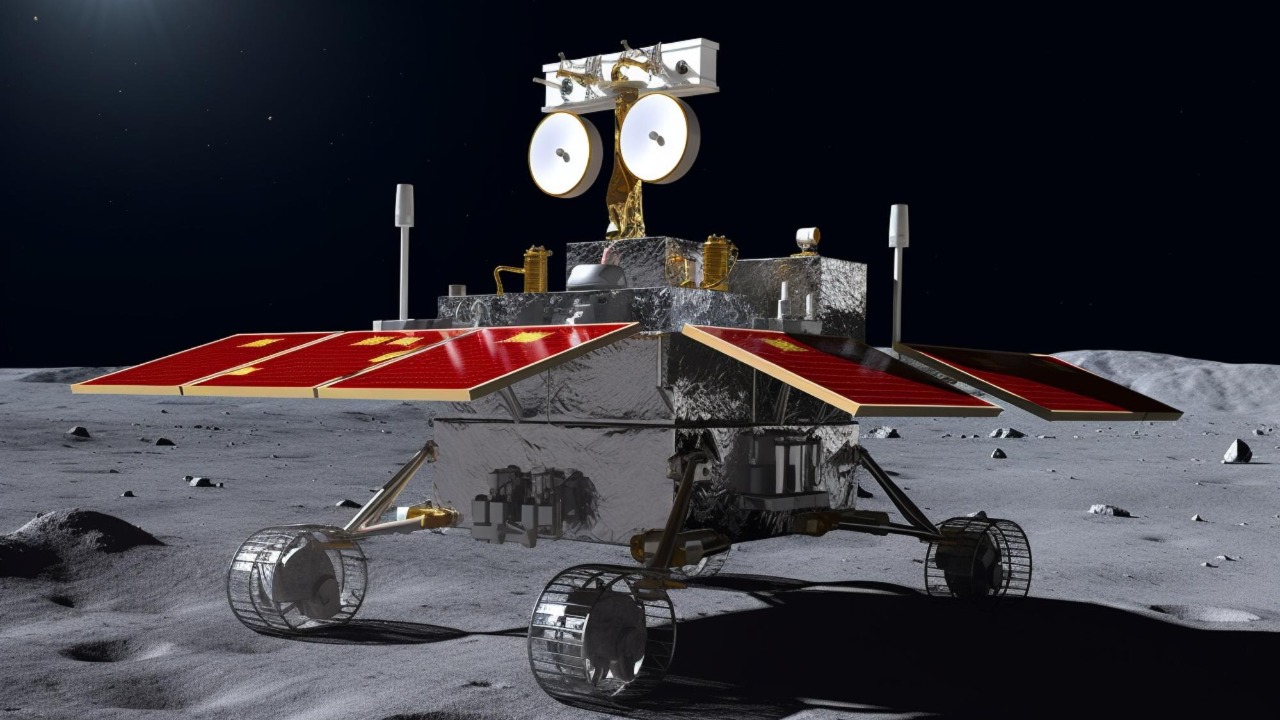
Precision Landing Requirements
Achieving a successful lunar landing requires pinpoint accuracy in navigation to ensure a safe touchdown on the moon’s uneven surface. Over the years, technological advancements have improved, yet the precision needed remains daunting. The Apollo missions set a high bar, but modern missions must incorporate even more sophisticated technologies due to the moon’s rugged terrain. The importance of precise landings cannot be understated, as even minor errors can lead to catastrophic consequences.
Today, advances in computer algorithms and autonomous systems play a crucial role in improving landing precision. These systems must account for numerous variables, including gravitational fluctuations and surface irregularities. Despite these improvements, the margin for error remains small, and successful landings are still not guaranteed.
Communication Delays and Limitations
Communication between Earth and the moon is inherently delayed due to the vast distance, creating significant challenges for mission control teams. These delays complicate real-time decision-making, as any instruction sent from Earth takes about 1.3 seconds to reach the moon. This delay can be critical during landing sequences when seconds matter. Moreover, the limitations of current communication technologies can exacerbate challenges, leading to potential misunderstandings or errors in execution.
To mitigate these issues, missions often rely on pre-programmed sequences and autonomous decision-making to handle real-time events. However, these systems must be meticulously tested to ensure reliability, as the consequences of failure are severe. The ongoing development of more advanced communication technologies promises to reduce these limitations, but the inherent delay remains a fundamental challenge.
Equipment and Technology Failures
Equipment malfunctions have historically plagued lunar missions, underscoring the need for robust testing and development. The harsh conditions of space can lead to unexpected failures, as was the case with the Soviet Luna 15 mission, which crashed due to a mechanical failure. Such instances highlight the importance of rigorous testing and redundancy in mission planning.
Modern missions incorporate extensive testing phases to identify potential points of failure before launch. Despite these efforts, unforeseen issues can still arise, stressing the importance of continuous innovation and improvement in technology. As missions become more ambitious, the demand for reliable equipment grows, making it imperative to learn from past failures to enhance future successes.
Environmental and Physical Obstacles
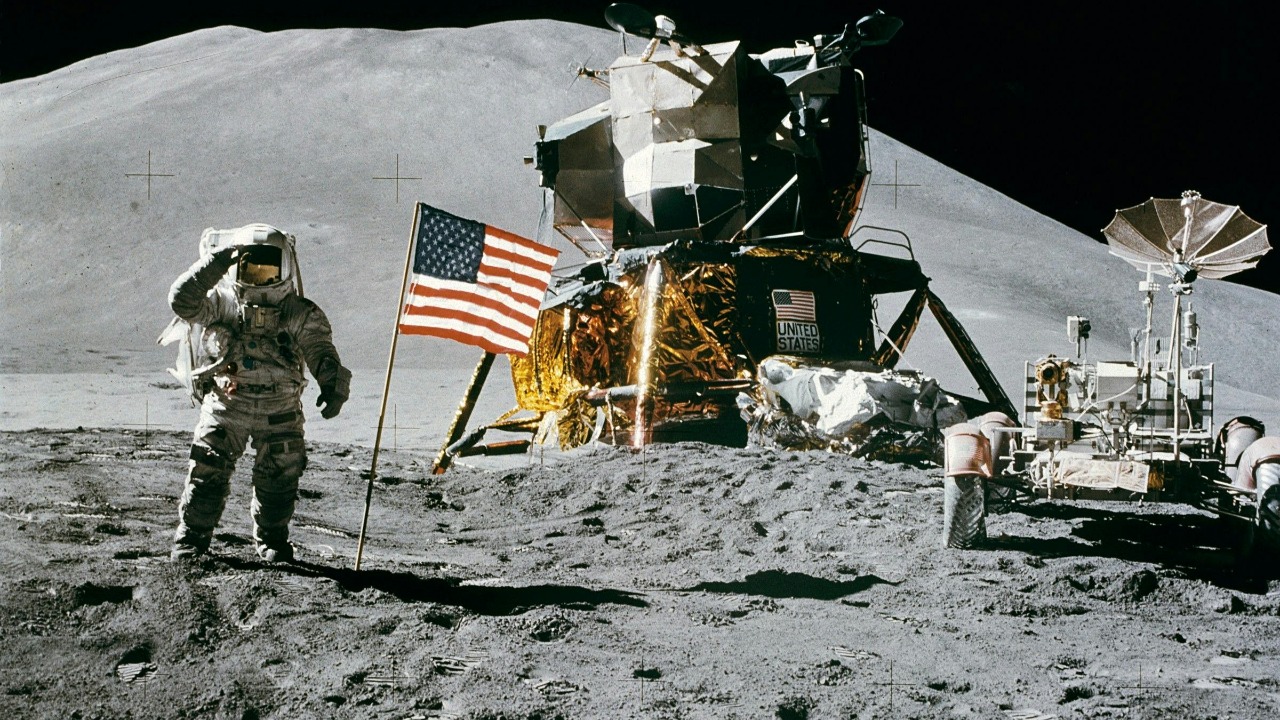
Harsh Lunar Environment
The moon’s environment poses significant challenges for any landing mission. Extreme temperature variations, ranging from scorching heat to freezing cold, test the limits of spacecraft design. The absence of an atmosphere means that landers must be equipped to handle direct exposure to solar radiation and the vacuum of space. These conditions require materials and systems that can withstand such extremes without compromising functionality.
Efforts to design landers capable of enduring these conditions are ongoing, with new materials and technologies being developed to improve resilience. The challenges posed by the lunar environment demand a careful balance between innovation and reliability, ensuring that landers can operate effectively in such a hostile setting.
Surface Hazards
The moon’s surface is dotted with craters, boulders, and uneven terrain, presenting significant risks to landing missions. Navigating these hazards requires advanced imaging and sensing technologies to identify safe landing sites and avoid obstacles. The Apollo missions benefited from detailed reconnaissance, but modern missions must rely on even more sophisticated systems to ensure safe touchdowns.
The development of advanced imaging systems, such as LIDAR and high-resolution cameras, has improved the ability to map and analyze the lunar surface. These technologies help identify potential hazards and guide landers to safer locations, reducing the risk of mission failure due to surface obstacles.
Dust and Debris Issues
Lunar dust is a notorious problem for landers, as it can interfere with instruments and affect operational efficiency. The fine, abrasive particles can penetrate seals and mechanisms, causing malfunctions or even complete failures. The Apollo missions revealed the extent of this issue, leading to increased focus on dust mitigation strategies in subsequent missions.
Efforts to combat lunar dust include the development of dust-resistant materials and coatings, as well as systems designed to repel or remove dust from critical components. These innovations aim to minimize the impact of dust on mission operations, enhancing the likelihood of success.
Budgetary and Logistical Constraints
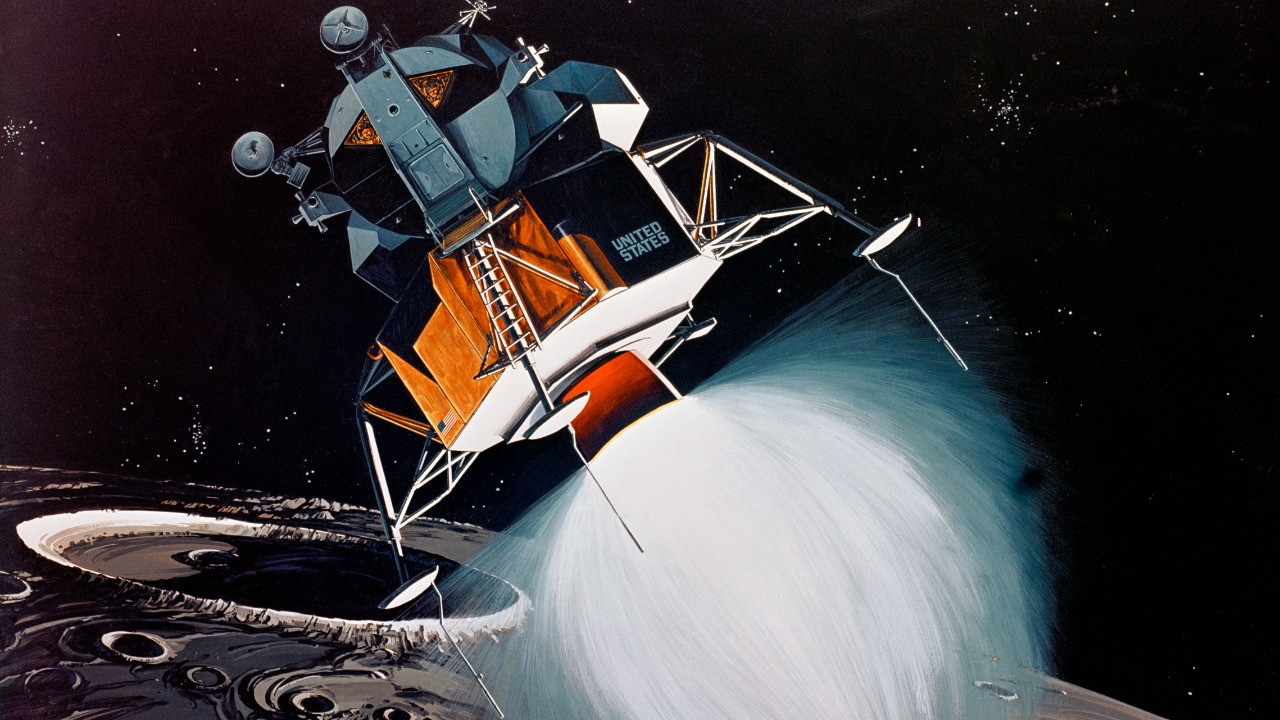
Funding Limitations
Financial constraints significantly impact the planning and execution of lunar missions. The high costs associated with developing technology, building spacecraft, and conducting launches often lead to budgetary challenges. These constraints can limit the scope of missions and hinder the ability to address unexpected issues that arise during execution.
To overcome these challenges, many space agencies are exploring partnerships with commercial entities and other countries. This approach allows for the sharing of resources and expertise, potentially reducing costs and increasing the chances of success. However, these collaborations also introduce additional complexities that must be carefully managed.
Logistical Complexities
The intricate coordination required for lunar missions involves numerous elements, from launch preparations to landing operations. Ensuring that all components align seamlessly is a monumental task that demands meticulous planning and execution. Any misstep in logistics can have cascading effects, jeopardizing the mission’s success.
Advancements in project management and logistical planning have improved the ability to handle these complexities, but the challenges remain significant. The need for precise coordination across multiple teams and disciplines highlights the importance of effective communication and collaboration throughout the mission lifecycle.
International Collaboration Hurdles
International partnerships offer valuable opportunities for sharing resources and expertise, but they also present challenges. Differing priorities, technological standards, and organizational cultures can complicate collaboration efforts. Maintaining effective communication and alignment between partners is essential to overcoming these hurdles and achieving successful outcomes.
Despite these challenges, international collaborations have led to significant achievements in space exploration. The pooling of resources and knowledge can enhance mission capabilities and increase the likelihood of success, as demonstrated by the collaborative efforts in recent lunar projects.
Human Error and Decision-Making
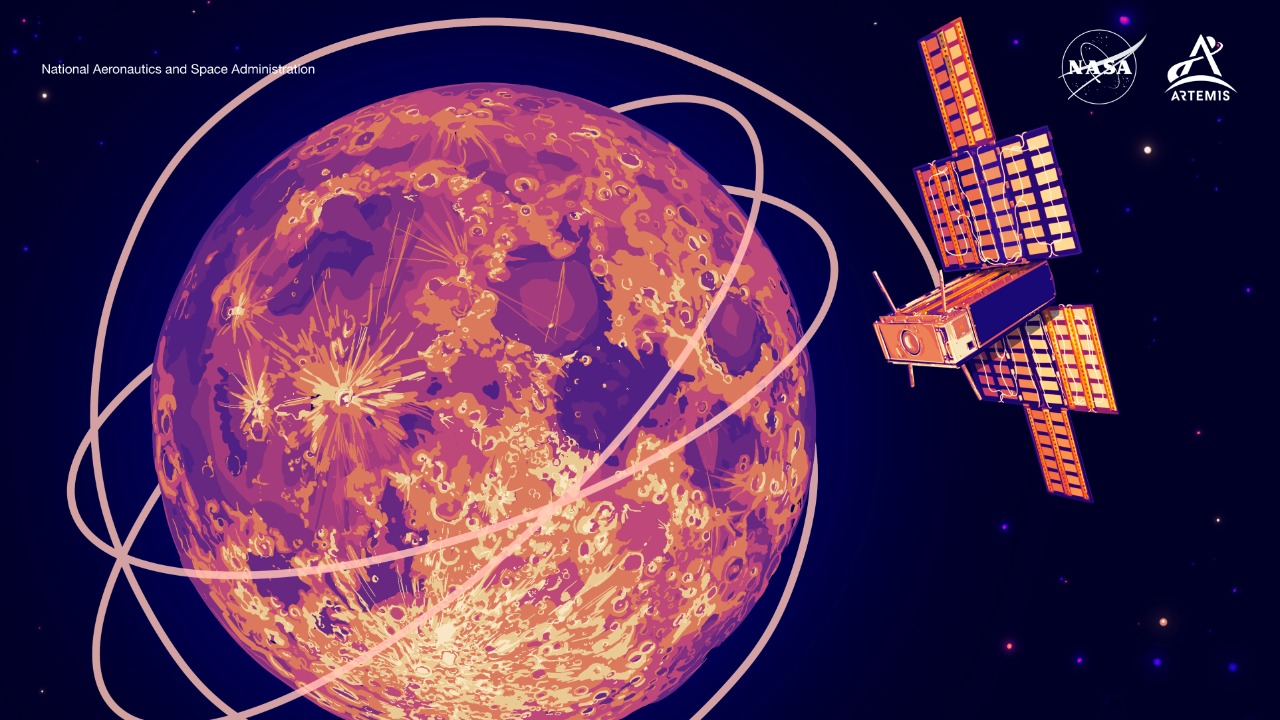
Impact of Human Error
Human error has played a role in several mission failures, highlighting the importance of minimizing risks through training and preparation. Historical accounts, such as the failed Russian Luna 23 mission, demonstrate how mistakes can derail even the most well-planned missions. Reducing the potential for human error involves implementing rigorous training programs and decision-making protocols.
Efforts to address human error focus on enhancing training for astronauts and mission control teams, ensuring that all participants are well-prepared to handle unexpected situations. Simulations and exercises play a crucial role in this process, helping teams develop the skills and confidence needed to navigate the high-stakes environment of space missions.
Decision-Making Under Pressure
The high-pressure environment of mission control requires quick, decisive action to address unforeseen challenges. The ability to make informed decisions under pressure is critical, as even minor delays can have significant consequences. This reality underscores the importance of having experienced, well-trained personnel capable of handling the intense demands of lunar missions.
Improving decision-making capabilities involves developing robust protocols and decision-support tools that aid mission control teams in evaluating options and making sound choices. Ongoing training and simulations help teams build the skills necessary to operate effectively in high-pressure situations, ultimately increasing the likelihood of mission success.
Training and Preparation
The importance of thorough preparation and simulation exercises cannot be overstated, as they play a crucial role in mission success. Training programs for astronauts and mission control teams focus on developing the skills and knowledge needed to operate effectively in space. These programs often involve extensive simulations designed to replicate the challenges and conditions of lunar missions.
Continued investment in training and preparation is essential to enhancing the capabilities of space exploration teams. By learning from past failures and incorporating new technologies and methodologies, teams can improve their readiness for future missions, increasing the likelihood of achieving their objectives.
Future Prospects and Innovations
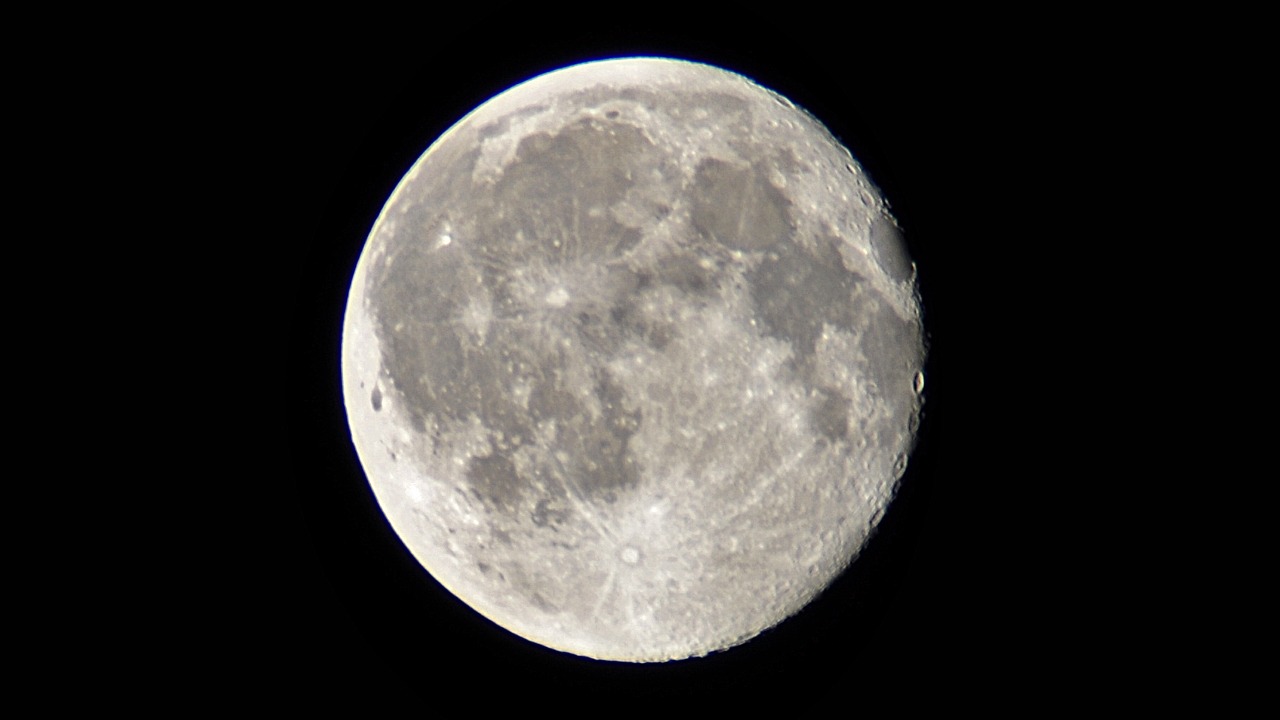
Advancements in Lunar Technology
The future of lunar exploration looks promising, thanks to recent technological innovations. Advances in propulsion systems, materials science, and autonomous systems are paving the way for more reliable and successful missions. These technologies promise to address many of the challenges that have historically plagued lunar landings.
Investment in research and development is driving these advancements, with both governmental and private entities contributing to the push for innovation. As these technologies continue to mature, the potential for successful lunar missions grows, opening up new possibilities for exploration and discovery.
Lessons Learned from Past Failures
Learning from past failures is crucial to improving the success rate of future lunar missions. By analyzing historical missions and identifying points of failure, space agencies can develop more effective strategies and technologies. This process of continuous improvement is essential to overcoming the challenges of lunar exploration.
The ability to adapt and evolve based on lessons learned is a key factor in achieving success. By building on the knowledge gained from previous missions, teams can better prepare for future challenges and increase the likelihood of reaching their goals.
Potential for Commercial and Scientific Exploration
Successful lunar landings hold significant potential for both commercial ventures and scientific research. The moon’s resources offer opportunities for commercial exploitation, while its unique environment provides valuable insights for scientific study. The success of lunar missions can pave the way for future endeavors, expanding our understanding of the moon and beyond.
As interest in lunar exploration continues to grow, the potential for collaboration between commercial and scientific entities increases. By working together, these groups can leverage their respective strengths to achieve greater success in exploring and utilizing the moon’s resources. The promise of commercial and scientific exploration underscores the importance of overcoming the challenges of lunar landings, ultimately benefiting humanity as a whole.